One of the greatest joys in gardening is establishing a perennial herb garden. Once the plants get established, it is easy to keep them alive so you can get an abundant harvest. However, just because your herbs, like mint, are planted and happy doesn’t mean they don’t need care. One of the most critical components of caring for mint plants is providing the proper amount of water. So, how often do you water a mint plant? Keep reading to find out and discover seven critical tips for thriving herbs.
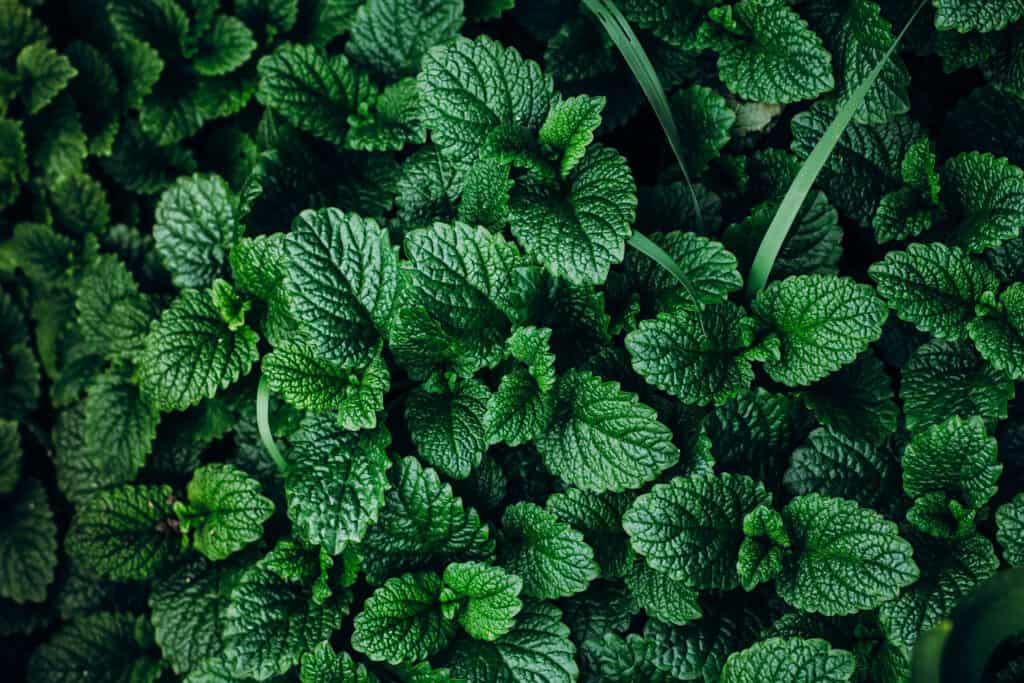
Mint makes a fantastic addition to any herb garden.
©AnikonaAnn/Shutterstock.com
How Often Do You Water a Mint Plant?
The answer to this question depends entirely upon where your mint lives. Herbs planted in containers have significantly different watering needs than those planted in the ground.
Mint in Containers
Container plants, regardless of the variety, tend to dry out more quickly. Part of the reason for this is that there is less soil, which means less area for moisture to hang out. Because of this, container plants (including mint) require more frequent watering. Plan on putting your containers on a regular watering schedule, possibly up to three or four times a week.
One way to get a feel for how much water your mint needs is to stick your finger in the soil. If it is dry about two inches down, your mint needs more water. However, if the soil is still moist at that level, the watering can wait.
Mint in the Ground
When mint is planted in the ground or a raised garden bed, it won’t need to get watered as frequently. Plan on providing a solid deep watering once or twice every week. Of course, this may change depending on the local weather. During peak rainy seasons, there won’t be a need to water as frequently. But during serious heat spells, the mint plant may need more water.
A good rule of thumb is to provide approximately one to two inches of water weekly. And the same guideline applies here – when in doubt, stick a finger in the soil to judge the moisture level.
8 Critical Tips for Thriving Herbs
1. Provide Adequate Drainage
Mint does not like a soggy home. When the roots sit in moist soil too long, they may develop root rot. This deadly disease is a surefire way to kill your mint plant. Make sure that the soil you plant in is loose enough and allows for adequate drainage. Soils that are heavy or clay-based tend to retain water longer than other soil types. Consider mixing in an amendment like perlite to loosen the soil so moisture can move through more easily.
When planting mint in a container, ensure that the pot has plenty of drainage holes built in. This feature will help excess water leave the soil, preventing root rot.
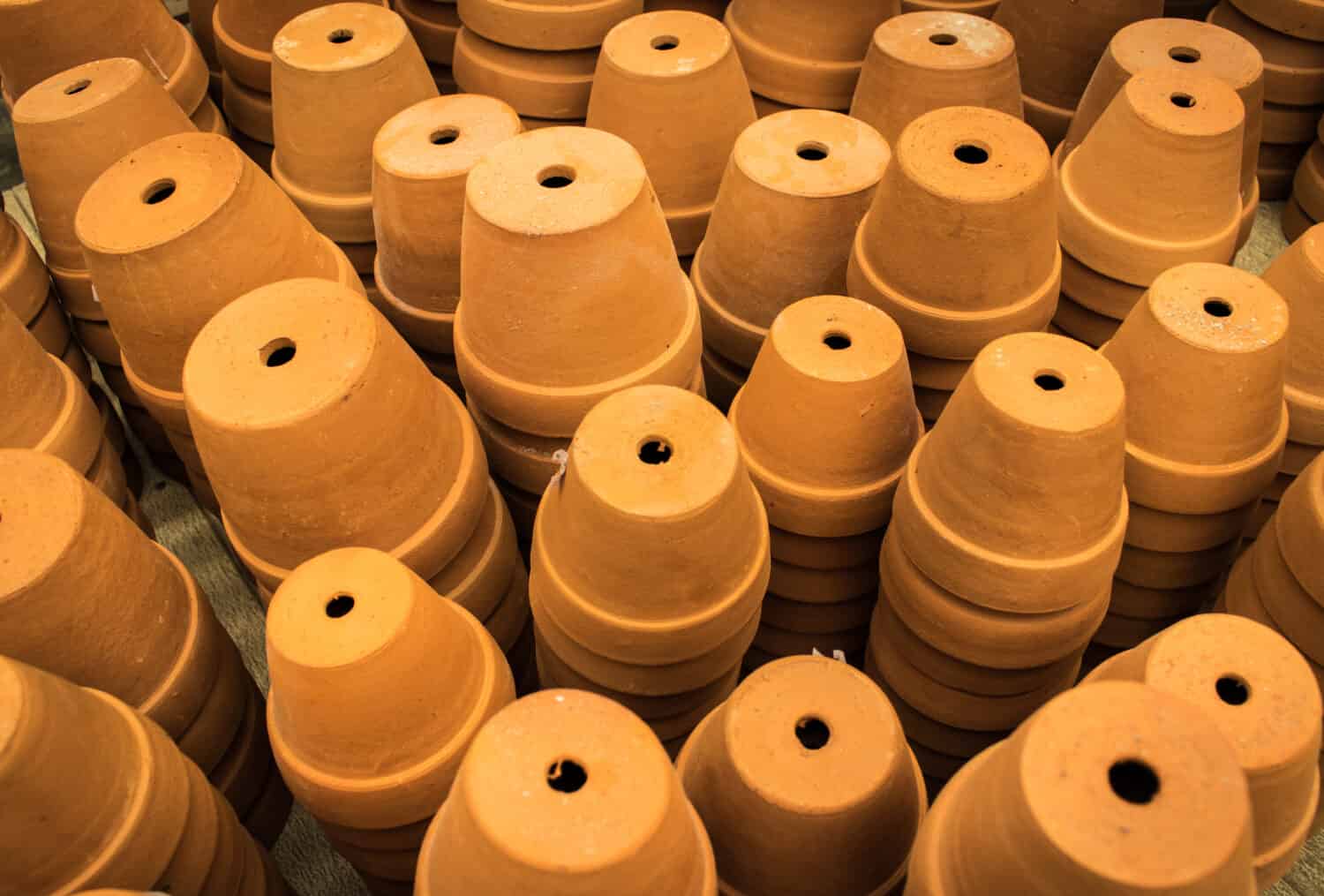
Pots should have a decently sized drainage hole to prevent root rot.
©Zulashai/Shutterstock.com
2. Choose the Appropriate Container Size
We all know that mint tends to take over when given enough space. So, you must provide this perennial herb with enough room to grow. But too much room can also prove problematic. While mint spreads rapidly, it still needs a little time to grow. When its container is too large, the soil will retain too much moisture. The risk here is that a soggy home may cause root rot. Don’t be shy about starting small and repotting as necessary.

Finding the sweet spot of container size for mint is vital.
©Paul Maguire/Shutterstock.com
3. Sun Is Mint’s Friend
This Mediterranean herb needs ample sun to flourish. It can survive in partial shade but needs at least six hours of direct sunlight daily to thrive. Plant it in a location that receives enough quality sun. However, be cautious about the intense afternoon sun that can scorch its leaves. Consider adding grow lights over any indoor mint plants to supplement the natural light they receive.

As a Mediterranean herb, mint needs ample sun to flourish.
©enjoy photo/Shutterstock.com
4. Room to Grow
Since mint enjoys taking over all the space it possibly can, it is critical to give it at least some room to move. Keep your plant rows spaced roughly two feet apart for the best growth.

All mint varieties require ample room to spread out and will gladly take over any open bed space.
©lpjp/Shutterstock.com
5. Feed It
During the growing season, mint plants don’t need any extra help. They will grow just fine on their own. However, you can boost production by adding a slow-release fertilizer early in the spring. This step will help promote faster leaf development, resulting in a larger harvest.
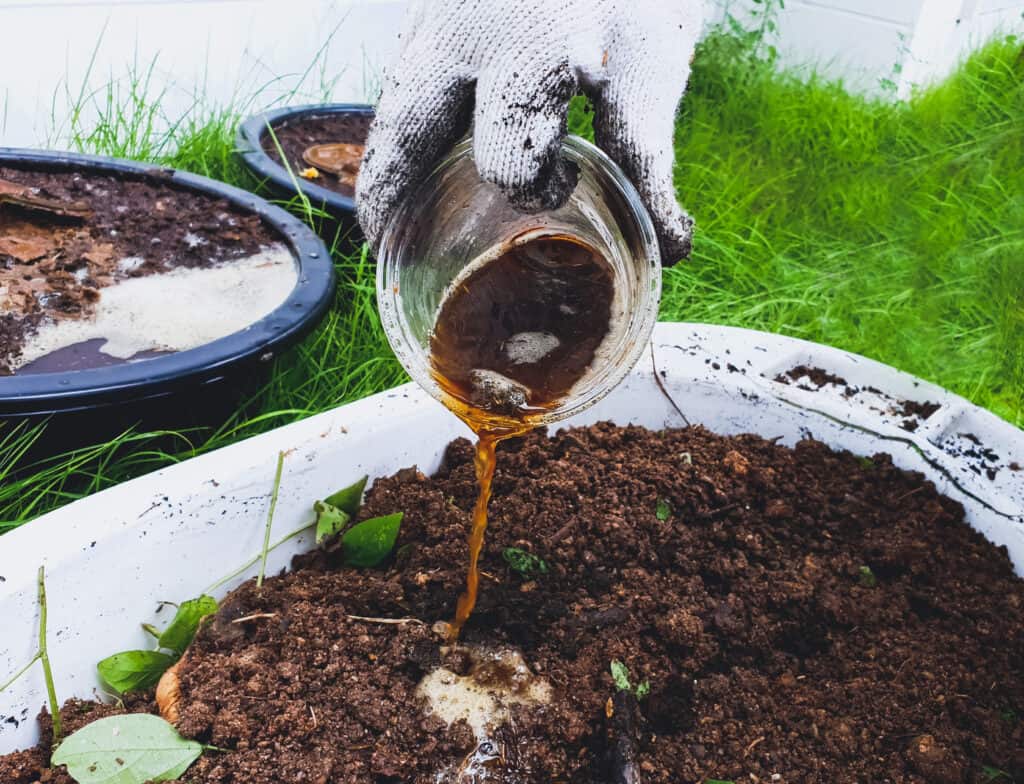
You can boost production by adding a slow-release fertilizer early in the spring.
©The little paint/Shutterstock.com
6. Prune Regularly
It may seem counterintuitive, but pruning mint plants regularly will actually help boost leaf production. Cut the plant back significantly in the spring to start the year’s growth cycle. Then, during the peak growing season, feel free to harvest up to a third of the plant at a time. This process will trigger the mint plant to continue developing and growing.
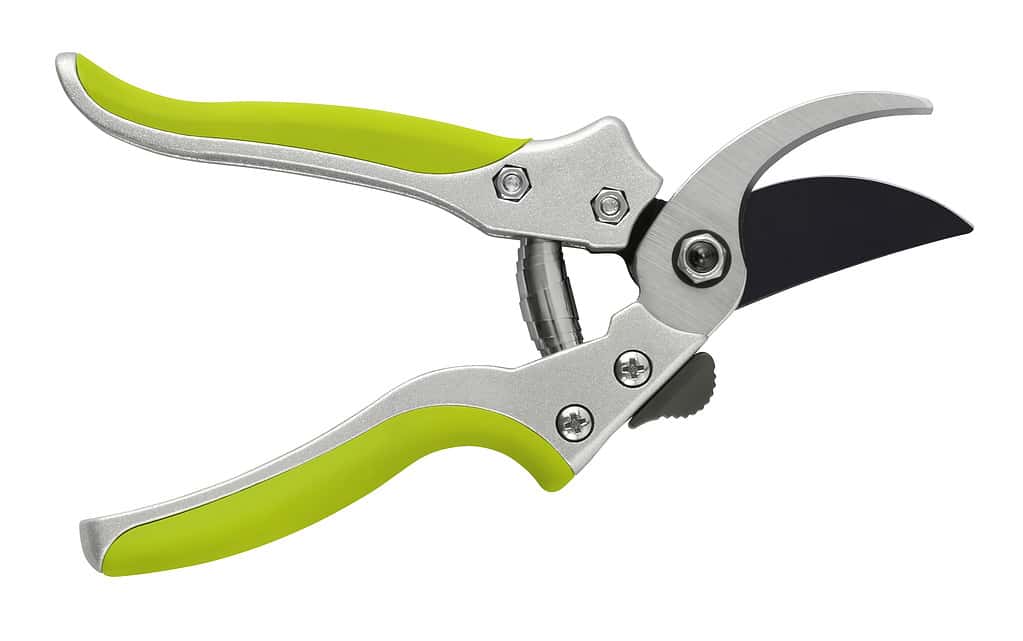
Harvesting your mint regularly will help your plant thrive and encourage more growth!
©Visivasnc/ via Getty Images
7. Bottom Water
Since mint plants are relatively dense and compact herbs, their inner foliage is susceptible to diseases if it can’t dry out properly. The best solution to prevent this is to water from the bottom. You can do this via drip irrigation if there is a system set up. Alternatively, watering with a hose at the base of the plant will help keep those valuable leaves dry and protect them from disease!
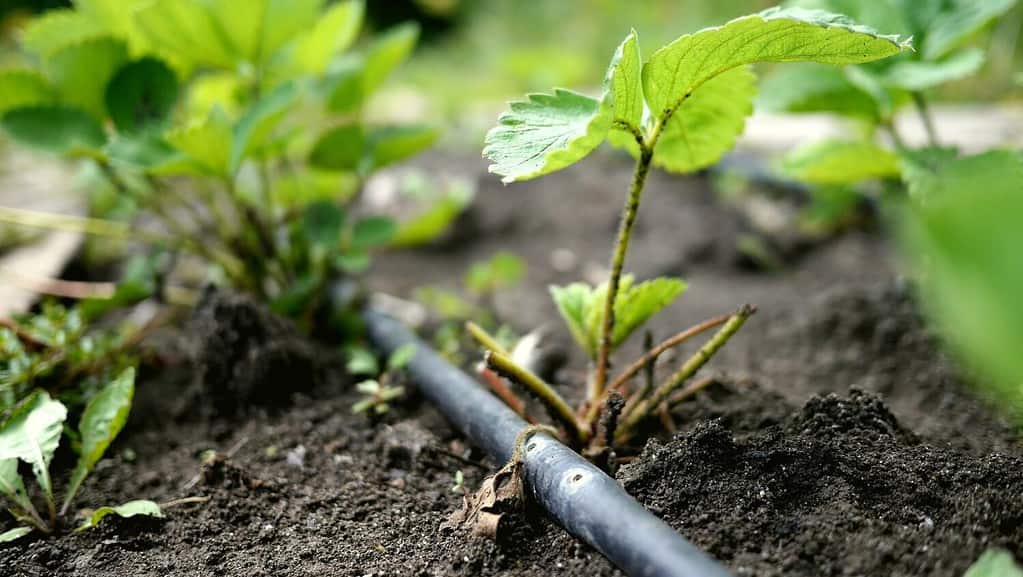
Mint plants are relatively dense and compact herbs. Their inner foliage is susceptible to diseases if it can’t dry out properly.
©Nadeene/Shutterstock.com
Thank you for reading! Have some feedback for us? Contact the AZ Animals editorial team.








